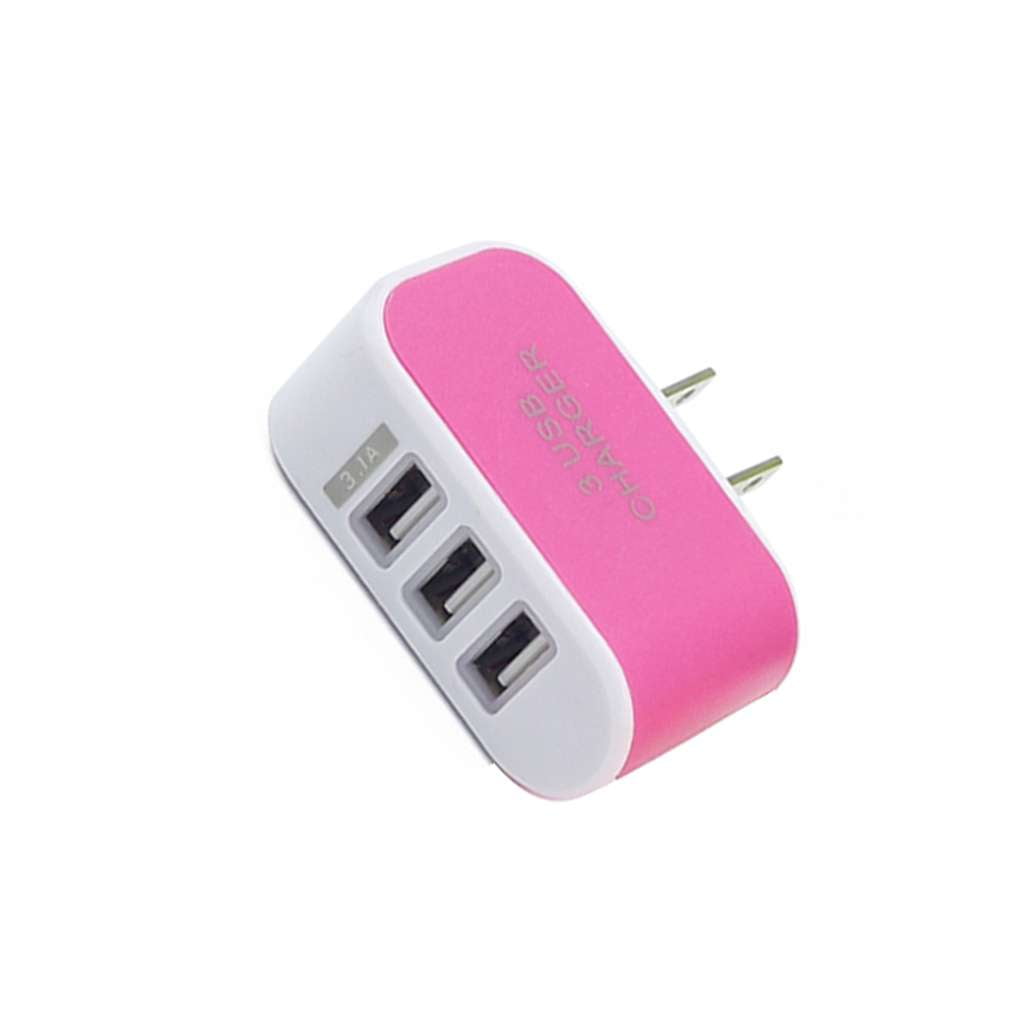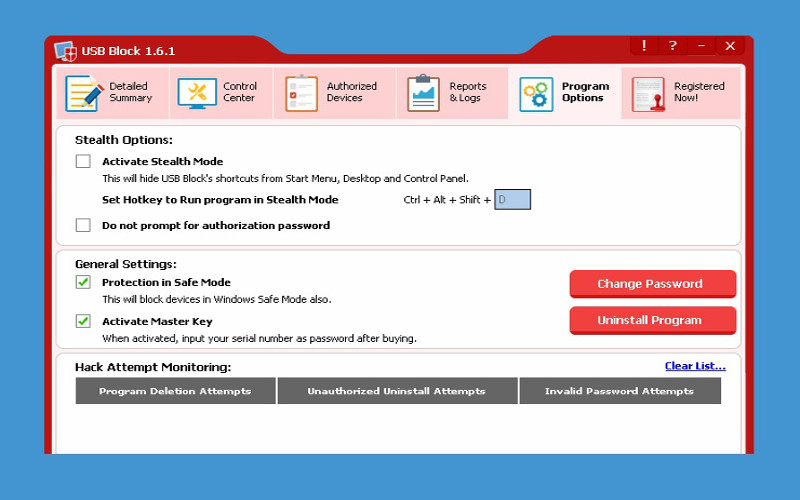

However, most users won't need this app and advanced users experimenting with infected drives will likely be running sandboxing software. If you're in a position where you're exposed to potentially infected USB drives all the time, USB Blocker may be helpful for you. The usefulness of this feature depends on how advanced of a user you are. USB Block also provides detailed logs so you know exactly who's doing what on your computer. The app also offers a "stealth" mode, which hides any trace of USB Blocker from your system so attackers won't know you're running it. No data can be transferred without this password. This can get annoying if you have a lot of removable media. By default, it blocks all removable media until you enter a master password. USB Blocker is easy to use because it only does one thing. Since attacks using USB drives requires something to be physically present, it doesn't cast as wide of a net as distributing viruses and malware over the web.įor the same price, you can pay for a subscription to an antivirus application like Avast or Bitdefender, which protects you againsts viruses and malware from all different sources, not just removable media.
#Usb block 1.6.1 download#
To learn more about how this works, see the Windows Command Line Blog and the usbipd-win repo on GitHub.įor a video demonstration, see WSL 2: Connect USB devices (Tabs vs Spaces show).The more likely scenario is for users to get infected from a malicious download from the web. Once you are done using the device in WSL, you can either physically disconnect the USB device or run this command from PowerShell in administrator mode: usbipd wsl detach -busid Depending on your application, you may need to configure udev rules to allow non-root users to access the device. You should see the device you just attached and be able to interact with it using normal Linux tools. Open Ubuntu (or your preferred WSL command line) and list the attached USB devices using the command: lsusb (See the Basic comands for WSL doc to change your default distribution). The Linux distribution to be attached must be your default distribution.
#Usb block 1.6.1 password#
You’ll be prompted by WSL for a password to run a sudo command. Select the bus ID of the device you’d like to attach to WSL and run this command. List all of the USB devices connected to Windows by opening PowerShell in administrator mode and entering the command: usbipd wsl list

This will keep the WSL 2 lightweight VM active. Attach a USB deviceīefore attaching your USB device, ensure that a WSL command line is open. Sudo update-alternatives -install /usr/local/bin/usbip usbip /usr/lib/linux-tools/5.4.0-77-generic/usbip 20Īt this point a service is running on Windows to share USB devices, and the necessary tools are installed in WSL to attach to shared devices.
#Usb block 1.6.1 install#
On Ubuntu, run this command: sudo apt install linux-tools-5.4.0-77-generic hwdata These instructions are for Ubuntu - other distributions may require a different usbip client package.

Once the USB/IP project has completed installing, you will need to install the user space tools and a database of USB hardware identifiers. Install the USBIP tools and hardware database in Linux You can modify this firewall rule to fine tune access control. A firewall rule called usbipd to allow all local subnets to connect to the service.The location of this tool will be added to the PATH environment variable. You can check the status of this service using the Services app from Windows. A service called usbipd (display name: USBIP Device Host).If you leave out -interactive, winget may immediately restart your computer if that is required to install the drivers. If you have already installed winget, just use the command: winget install -interactive -exact bipd-win to install usbipd-win. Alternatively, you can also install the usbipd-win project using Windows Package Manager (winget).


 0 kommentar(er)
0 kommentar(er)
